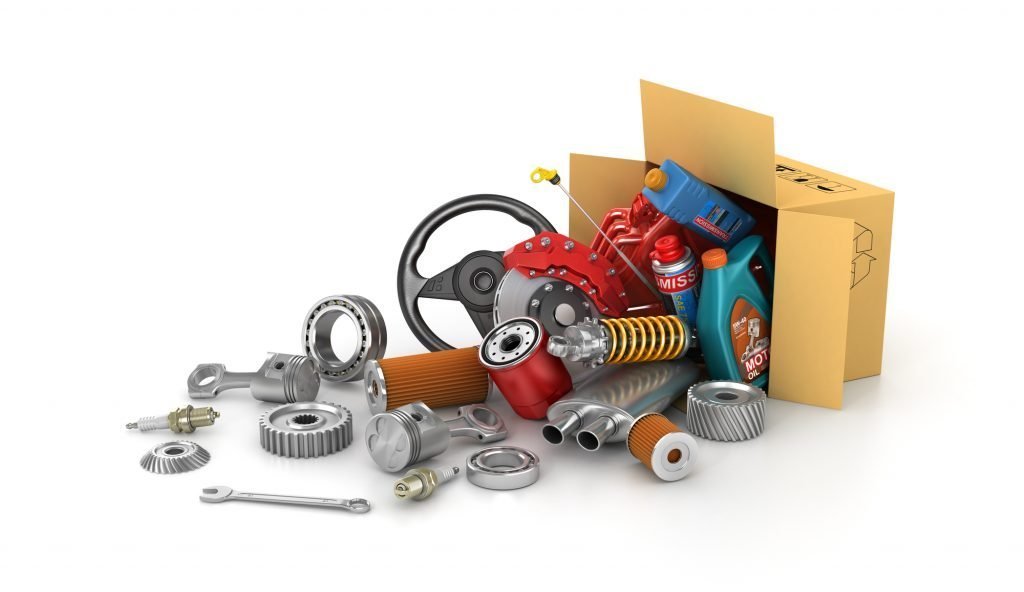Aftermarket growth driven by rising parts demand
Share
Share

The automotive aftermarket is getting a lift as vehicles consume more parts each year, even as the number of cars and light trucks on the road grows at a slower pace.
According to a new report from Lang Marketing, the average annual product use per vehicle has climbed to record levels, helping offset weak growth in vehicles in operation and the sharp sales drop seen during the pandemic.
“Luckily for aftermarket growth, light vehicles’ average annual product use in the U.S. has increased significantly over recent years,” the report said.
The trend marks a sharp turnaround from 2020, when COVID-19 caused a double-digit decline in aftermarket product sales as people drove less and delayed repairs. Product use per vehicle dropped nearly 10 per cent that year.
But the rebound was quick. By 2021, product use surged back to pre-pandemic levels and has continued to rise since then, according to preliminary analysis.
This growth builds on a longer-term shift. After the 2008 recession, aftermarket product use per vehicle began to climb slowly, rising from about US$355 in 2009 to US$408 by 2016, according to the report. Gains stalled for a few years before picking up again in 2019, only to be interrupted by the pandemic.
Lang Marketing reported four factors are driving the current increase in product use: An aging vehicle fleet, mileage shifting to older vehicles, the growing share of light trucks and more foreign nameplates on the road.
Older vehicles consume more parts per mile than newer ones. And with new vehicle sales still below pre-pandemic numbers, more miles are being driven in older, higher-maintenance vehicles. Light trucks also use more expensive components and accessories than cars, while foreign nameplates tend to require pricier parts and more professional repairs.
Lang Marketing projected these trends will continue for at least the next five years, boosting aftermarket volume even if vehicle population growth remains weak. Internal combustion engine vehicles, including hybrids, will benefit most, as they make up nearly all older vehicles and dominate the light truck segment.
Image credit: Depositphotos.com
Leave a Reply